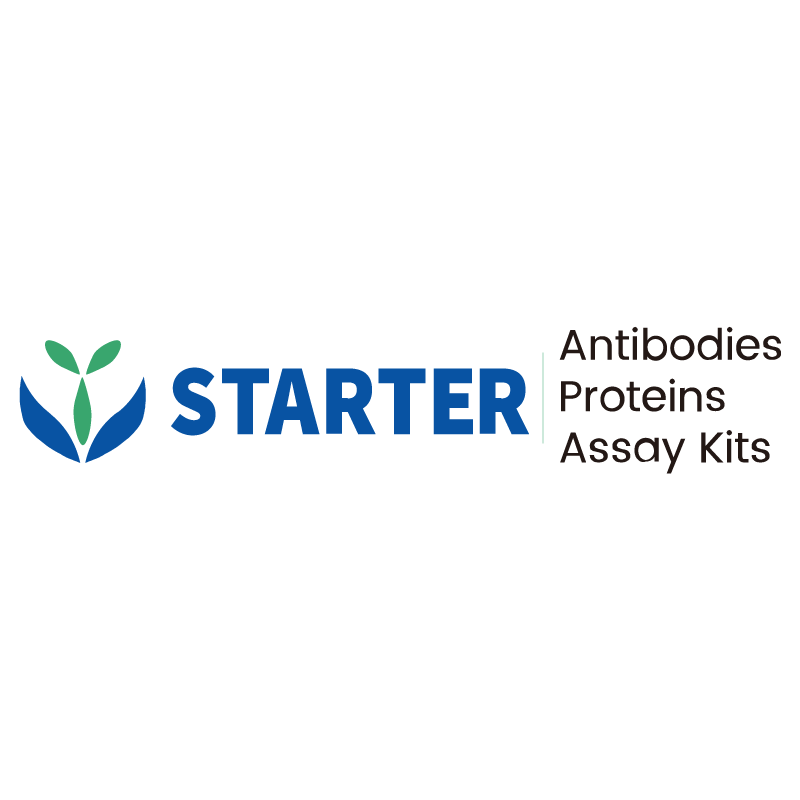2 μg(R: reducing conditions)
Product Details
Product Details
Product Specification
| Species | Human |
| Synonyms | Protein S100-A4, Calvasculin, Metastasin, Placental calcium-binding protein, Protein Mts1, S100 calcium-binding protein A4, CAPL, MTS1 |
| Accession | P26447 |
| Amino Acid Sequence | Protein sequence (P26447, Met1-Lys101, with C-His tag) MACPLEKALDVMVSTFHKYSGKEGDKFKLNKSELKELLTRELPSFLGKRTDEAAFQKLMSNLDSNRDNEVDFQEYCVFLSCIAMMCNEFFEGFPDKQPRKK |
| Expression System | HEK293 |
| Molecular Weight | Predicted MW: 13.4 kDa Observed MW: 13.4 kDa |
| Purity | >95% by SDS-PAGE |
| Endotoxin | <0.1EU/μg |
| Conjugation | Unconjugated |
| Tag | with C-His tag |
| Physical Appearance | Lyophilized Powder |
| Storage Buffer | Lyophilized from a 0.2 μm filtered solution of 0.2M PBS, pH7.4. |
| Reconstitution | Reconstitute no more than 1 mg/mL according to the size in deionized water after rapid centrifugation. |
| Stability & Storage | 12 months from date of receipt, -20 to -70 °C as supplied. |
Background
Protein S100-A4 (S100A4) is a protein that in humans is encoded by the S100A4 gene. The protein encoded by this gene is a member of the S100 family of proteins containing 2 EF-hand calcium-binding motifs. S100 proteins are localized in the cytoplasm and/or nucleus of a wide range of cells, and involved in the regulation of a number of cellular processes such as cell cycle progression and differentiation. S100A4, a member of the S100 calcium-binding protein family secreted by tumor and stromal cells, supports tumorigenesis by stimulating angiogenesis. Research demonstrated that S100A4 synergizes with vascular endothelial growth factor (VEGF), via the RAGE receptor, in promoting endothelial cell migration by increasing KDR expression and MMP-9 activity. S100A4 is highly associated with components of the cytoskeleton and when this gene is upregulated, it changes the cell’s morphology, making it more susceptible to invasion from proteins, such as cathepsin B and cyclin B1, that contribute to metastasis.
Picture
Picture
SDS-PAGE


